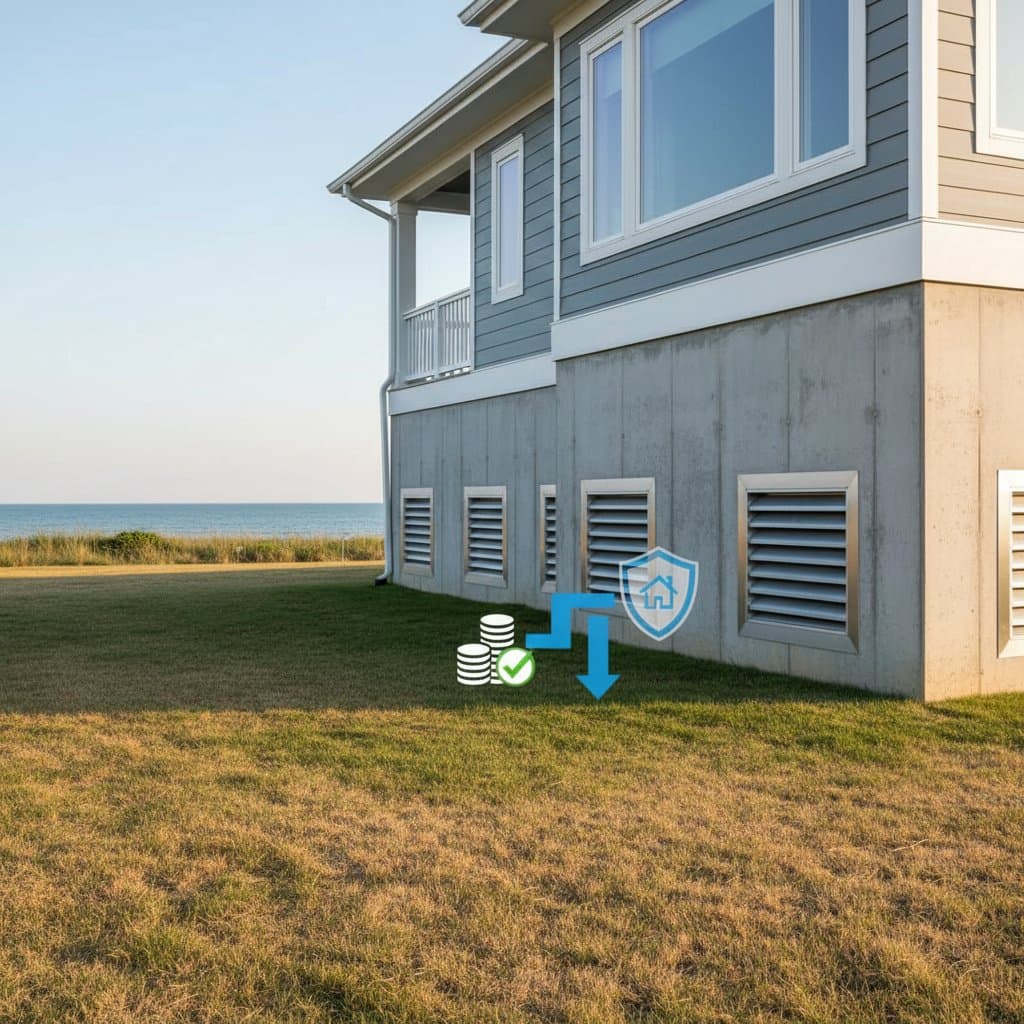
Why Flood Vents Prevent Foundation Collapse in Flood Zones
Flood vents provide essential protection for homes in flood zones by allowing water to flow through foundations, meeting 2025 FEMA standards, and lowering insurance costs. This comprehensive guide covers their functionality, compliance requirements, installation choices between DIY and professional services, associated expenses, and the substantial financial and safety advantages that position them as a wise investment for vulnerable properties.












